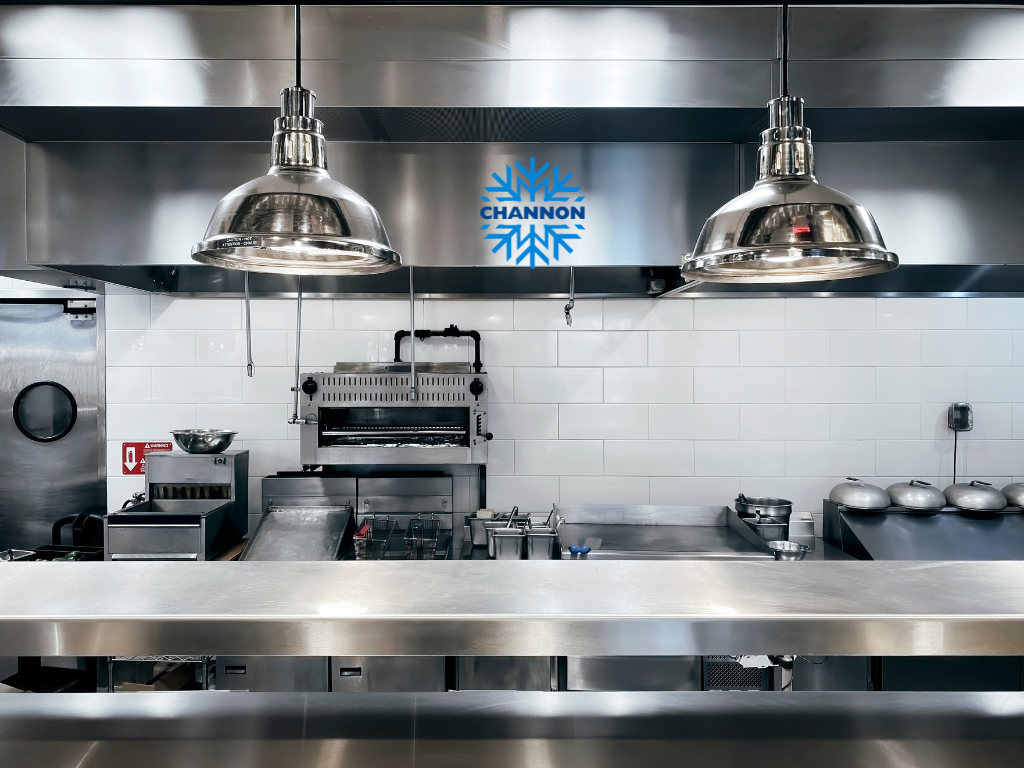Introduction
If you’re planning to start a restaurant or upgrade your existing kitchen, you’ll quickly realize that kitchen equipment is a significant investment. Understanding the financial aspects can help you make informed decisions. So let’s dive in!
Initial Investment vs. Long-Term Value
The True Cost of Kitchen Equipment
Buying commercial kitchen equipment is not just about the initial cost. While splurging on high-quality items may seem expensive at first, they often last longer and perform better, saving you money in the long run.
Depreciation: What Happens Over Time?
Equipment loses value over time, also known as depreciation. Lower-quality items may lose their value faster, requiring replacements sooner and leading to higher long-term costs.
Warranty: An Often Overlooked Factor
Always consider the warranty period when making a purchase. A longer warranty not only provides peace of mind but also adds to the long-term value of the equipment.
Financing Options: Loans, Leasing, and Grants
Understanding Loans
Loans are a traditional method of financing. You borrow money and pay it back with interest over time. Shop around for the best rates and terms to meet your needs.
Leasing: A Viable Alternative?
Leasing is like renting equipment for a specific period. At the end of the lease, you can either buy the equipment or return it. This option is good for items that rapidly become obsolete.
Grants: Free Money, But Not So Simple
Grants are essentially free money but are usually very competitive and may have specific conditions attached. They are often geared towards businesses with a focus on sustainability or job creation.
How to Calculate ROI on Kitchen Equipment
Defining ROI
ROI stands for Return on Investment. It’s a measure of how much profit or benefit you get from your investment in equipment.
The Math Made Simple
To calculate ROI, subtract the initial cost of the equipment from the profit you made using it. Then divide that by the initial cost. Multiply the result by 100 to get a percentage.
Why It’s Important
Understanding ROI helps you make better financial decisions. If the ROI is high, the equipment is likely a good investment.
The Cost of Maintenance and Repairs
Regular Maintenance Is Key
Maintenance costs can add up. Regular upkeep prevents breakdowns and extends the lifespan of your equipment.
Unexpected Repairs Can Be Costly
Always budget for unexpected repairs. They are inevitable and can disrupt your business operations if not addressed quickly.
Tax Benefits and Depreciation of Commercial Kitchen Equipment
Tax Incentives
Various tax benefits are associated with buying commercial kitchen equipment. You might be eligible for tax deductions, credits, or even grants that can lower your financial burden.
Understanding Depreciation for Tax Benefits
Depreciation isn’t just a financial term; it’s also a tax advantage. Each year, you can deduct a portion of your equipment’s lost value from your taxable income.
Conclusion
Investing in commercial kitchen equipment requires thoughtful financial planning. By understanding the initial investment, exploring financing options, calculating ROI, and considering maintenance and tax benefits, you’ll be better prepared to make wise financial decisions. After all, good financial planning is the recipe for a successful kitchen operation!

